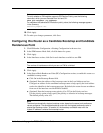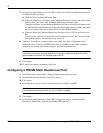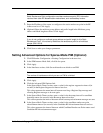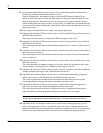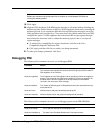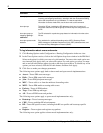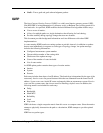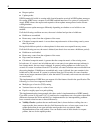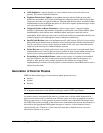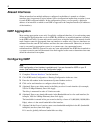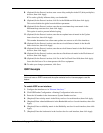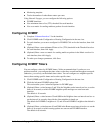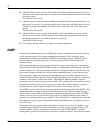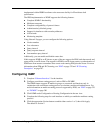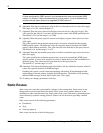
Nokia Network Voyager for IPSO 4.0 Reference Guide 387
Valid Neighbors— packets that have a source address from a non-local network are
ignored. You cannot disable this behavior.
Duplicate Entries in an Update—if an update message contains duplicate new paths,
holddowns are enabled, and if each of the duplicate composite metrics differ by more than
10 percent, the route is not put in holddown. The path with the best metric is installed. Other
implementations treat each duplicate path as if it arrived in separate update messages. In this
case, place the route into holddown.
Triggered Update on Route Expiration—when a route expires, a triggered update
message is generated at the moment of expiration, marking the route as unreachable. Other
implementations wait until the next scheduled update message to mark the route as
unreachable. In this latter case, the route is actually not marked as unreachable until the next
scheduled update cycle (although this seems somewhat contradictory).
Specific Split Horizon—does not implement specific split horizon. Split horizon processing
means that routes learned from an interface are not advertised back out that same interface.
Specific split horizon occurs when a request is made. In this case, only routes that use the
requestor as the next hop are omitted from the response.
Poison Reverse—uses simple split horizon; that is, poison reverse is not performed. Other
implementations use a form of poison reverse in which at least a single update advertises an
expired route as being unreachable on the interface from which the route was learned.
Forwarding to Unreachable Routes—when a route expires or is marked as unreachable
from the originator, the route is removed from the forwarding table. In the absence of a
default or more general route, packets destined for this address are dropped. Other
implementations continue to forward packets to routes marked as unreachable until a route is
flushed from the table.
Generation of Exterior Routes
IGRP has three defined types of routes that an update packet can carry:
Interior
System
Exterior
Note
For a detailed explanation of the different route types, see the IGRP specification
An exterior route is conceptually the same as a system route, with the added feature that an
exterior route can be used as a default route. Exterior routes are always propagated as exterior.
When it is necessary to locally generate an exterior default route, redistribute the default route
into IGRP. The next-hop network of the default route, determined from the next-hop interface, is
advertised in the appropriate IGRP update messages as exterior. A direct interface route is
advertised only once. Therefore, a direct interface route that is marked exterior is not also
advertised as interior or as system.



